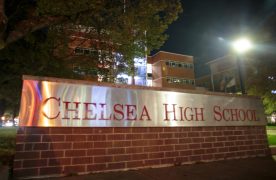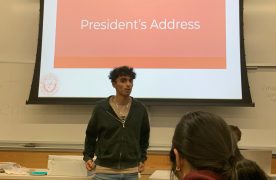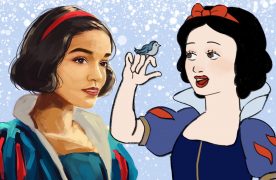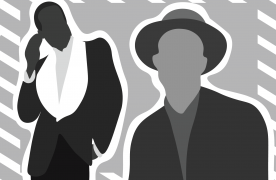On the first Monday of every May, millions of citizens who are otherwise unconcerned with fashion become the biggest couch critics, dissecting Met Gala looks with the same scrutiny as seasoned pros.
This year, we can expect nothing less.
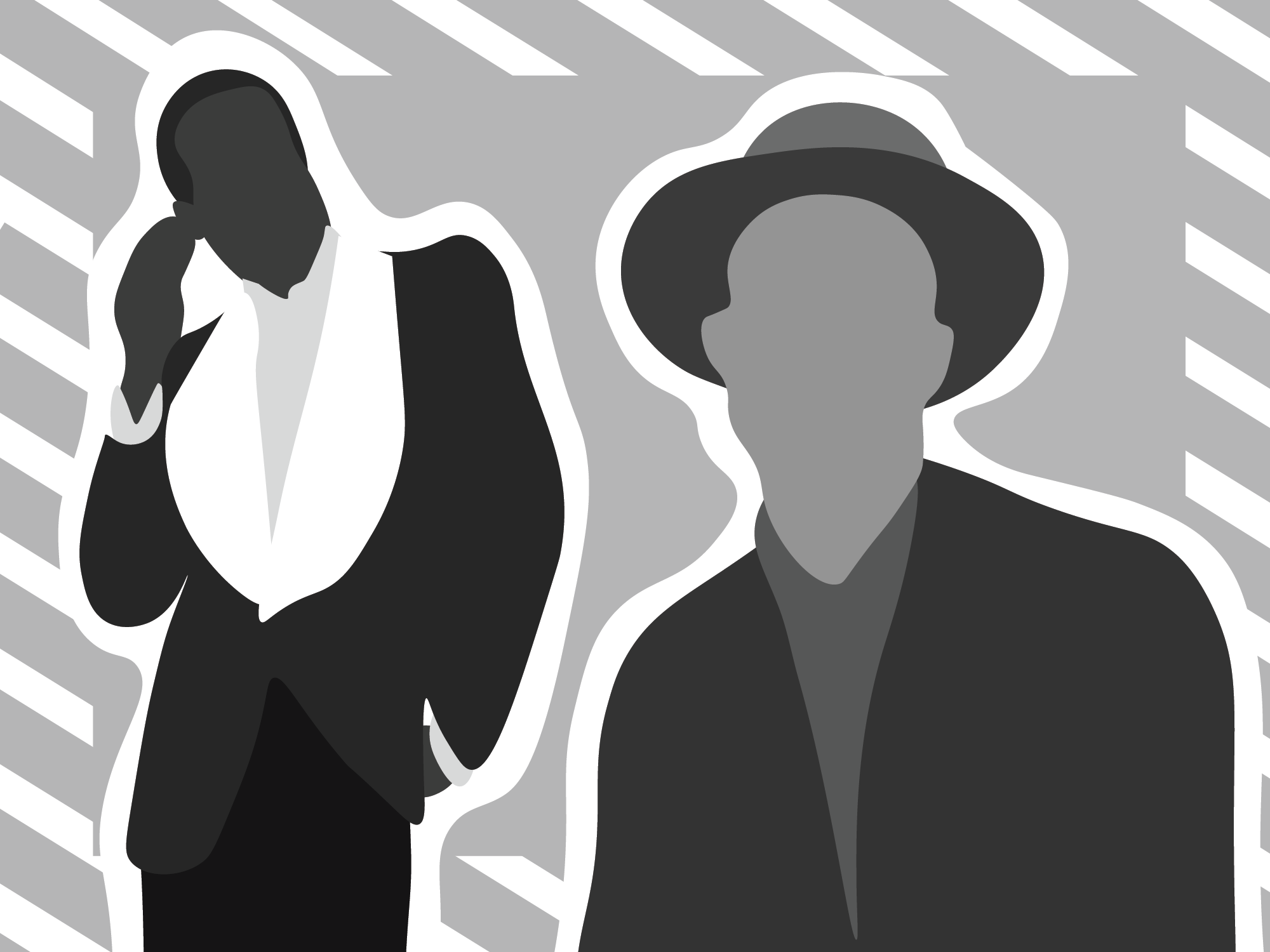
For the uninitiated, the Met Gala is a fundraiser for The Metropolitan Museum of Art’s Costume Institute. The charity event coincides with the annual opening of the department’s fashion exhibit. This event has raised millions over the years, with last year’s Met Gala setting a record by raising over $26 million.
What started as a dinner party for Manhattan socialites with $50 tickets has evolved into the most exclusive, celebrity-studded event of the year — a lavish showcase of wealth and a “celebration of [Anna] Wintour’s dominance” in the fashion industry, according to TIME.
Since 1995, Wintour, the global editorial director of Vogue and trustee of the Metropolitan Museum of Art, has held complete creative authority over the event, including the coveted guest list and their attire.
This year’s event will take place on May 5 and will have the theme “Superfine: Tailoring Black Style.” The theme draws inspiration from Monica L. Miller’s 2009 book, “Slaves to Fashion: Black Dandyism and the Styling of Black Diasporic Identity,” which focuses on the visual language of Black dandyism.
According to Vogue, the dress code “Tailored for You” is a “nod to the exhibition’s focus on menswear and suiting that’s sure to bring out the sartorial creativity of this year’s attendees.”
Alongside Wintour, Lewis Hamilton, Colman Domingo, Pharrell Williams and A$AP Rocky will co-chair the gala, with LeBron James as an honorary chair. This is the first time the event has been co-chaired exclusively by Black men.
Domingo, an American actor, playwright and red-carpet icon, reflected on what it means to him to be part of this year’s historic Met Gala in an interview with Vogue.
He commented, “The idea of honoring the black dandy matters. To look at the history and the impact that we’ve had on culture, on design, and art, music…It’s just a beautiful, beautiful moment and I’m very proud to be a part of it.”
But what is Black dandyism? And how did scholars arrive at this term?
A dandy is a man who is deeply devoted to his physical appearance, primarily through stylish expressions of fashion. As Miller explains in her book, Blackness and dandyism first intersected in eighteenth-century England, when well-dressed enslaved individuals became physical displays of their white owners’ wealth.
However, Black dandyism did not end with the abolition of slavery. The term has evolved over time and now represents a form of self-expression, resistance, and reclamation of identity.
“At its core, Black dandyism signifies the diasporic metamorphosis of Black men turning into style giants, a storied history that dates back to the antebellum era,” Taylor Adigun writes in a piece for Ebony Magazine about the upcoming Met Gala.
As a society, we are no strangers to the profound impact that Black people have had on fashion, style and culture as a whole, shaping global trends while often being subjected to erasure and overlooked in the limelight.
This year’s Met Gala theme is part of something much bigger than celebrities and style—it’s the voice of fashion joining forces with a larger resistance movement. In an era where our current presidential administration seeks to erase diversity, equity and inclusion from our vocabulary by attacking universities and workplaces, this theme is even more vital.
Anna Wintour has made it explicitly clear that she is not a fan of President Donald Trump’s administration, and in 2017, Wintour banned Trump from ever attending the event. Prior to his first presidency, Trump had frequented the gala, even proposing to his current wife, Melania, on the night of the 2004 Met Gala.
I would be lying if I said that a theme focused solely on interpreting Black style didn’t make me nervous, as it runs the risk of racist misconstruction and cultural appropriation. And I’m not the only one. Countless social media comments and memes mocking what’s to come express similar concerns.
The Met Gala has had its fair share of controversies. In 2015, when the theme was “China: Through the Looking Glass,” many Chinese Americans felt that the gala distorted and diminished their cultural heritage.
In a piece for Advisor magazine, Aleena Khan discusses how Black people have been a constant subject to cultural appropriation in mainstream culture and the fashion industry. She uses Khalilah Jones’ definition of cultural appropriation to define the layered term as “trends that begin within the Black community cycle to mainstream fashion after the novelty has worn off and they have lost association with Black culture.”
Cultural appropriation has become a very controversial term, with some believing the term is applied too liberally or that it should ultimately be retired.
The 2025 Met Gala presents a prime opportunity for high-profile celebrities to uplift Black voices by employing Black stylists and supporting Black-owned brands, thereby appreciating Black culture rather than exploiting it.
Here’s to hoping that this year’s guests remember that tailoring Black style is equally about tailoring your intentions — anything less is simply déclassé.






